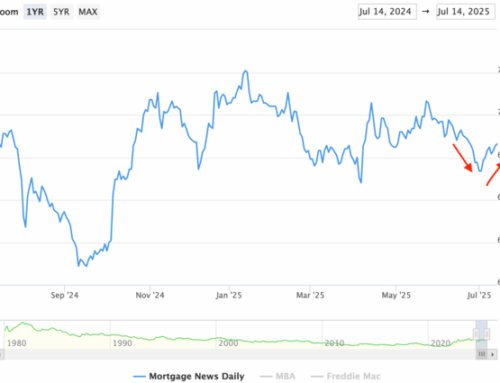Federal Reserve Board
Communication practices have taken center stage in the Federal Reserve’s ongoing review of its monetary policy framework.
In a Thursday morning speech, Fed Chair Jerome Powell said communication practices — particularly during times of heightened uncertainty — have been focal points during both internal and external discussions in recent months related to the five-year policy review.
Powell, speaking at a Federal Reserve Board research conference in Washington, said both financial market participants and academics generally approve of how the Fed conveys policy decisions and explains forecasts, but “there is always room for improvement.”
“A critical question is how to foster a broader understanding of the uncertainty that the economy generally faces,” he said. “In periods with larger, more frequent, or more disparate shocks, effective communication requires that we convey the uncertainty that surrounds our understanding of the economy and the outlook.”
Powell said the Federal Open Market Committee would consider ways to improve on this front before finalizing its new policy framework this summer.
Along with communications, Powell said the review has also focused on the two most controversial elements of the Fed’s last framework review: its interpretation of labor market dynamics and its focus on average inflation over an extended period.
Launched in 2019 and completed in 2020, the prior review largely focused on how monetary policy should adapt to a sustained zero-interest rate environment. The Fed’s benchmark interest rate, the federal funds rate, had been at or near its lower bound for a decade and, Powell said, the belief was that it would remain in the range for the foreseeable future.
With rates so low, Powell said the committee was concerned that the Fed would have little ability to help boost the economy during a future downturn and that any moves to raise rates in response to inflation would crush already tepid job growth.
In response to this, the Fed adjusted its focus on the labor market away from “deviations” from maximum employment and toward “shortfalls.” Some have interpreted this change as the Fed prioritizing employment — or even certain job categories — over price stability, but Powell said the true purpose was to ensure that “apparent labor market tightness would not, in isolation, be enough to trigger a policy response.”
The last review also yielded the flexible average inflation target, or FAIT, approach, which would have enabled the Fed to allow inflation to run above its 2% target after a period of sub-2% growth, so long as the average remained 2%. Some academics and observers say this shift led the Fed to delay responding to pandemic-induced inflation in 2021, but Powell pushed back against that notion.
“The idea of an intentional, moderate overshoot proved irrelevant to our policy discussions and has remained so through today. There was nothing intentional or moderate about the inflation that arrived a few months after we announced our changes to the consensus statement,” Powell said. “I acknowledged as much publicly in 2021. We fell back on the rest of the framework, which called for traditional inflation targeting.”
In recent months, Powell and other Fed officials have acknowledged that the last review was too backward-looking and too focused on responding to the specific conditions of its day. Some have called for a simpler, more timeless approach this time around.
Still, Powell said much of the framework, including the Fed’s commitment to keep inflation at or below 2%, will remain unchanged. But, he added, recent developments could call for modifications to ensure the framework is resilient to a potentially more unpredictable economic landscape.
“Higher real rates may also reflect the possibility that inflation could be more volatile going forward than in the inter-crisis period of the 2010s,” he said. “We may be entering a period of more frequent, and potentially more persistent, supply shocks—a difficult challenge for the economy and for central banks.”

